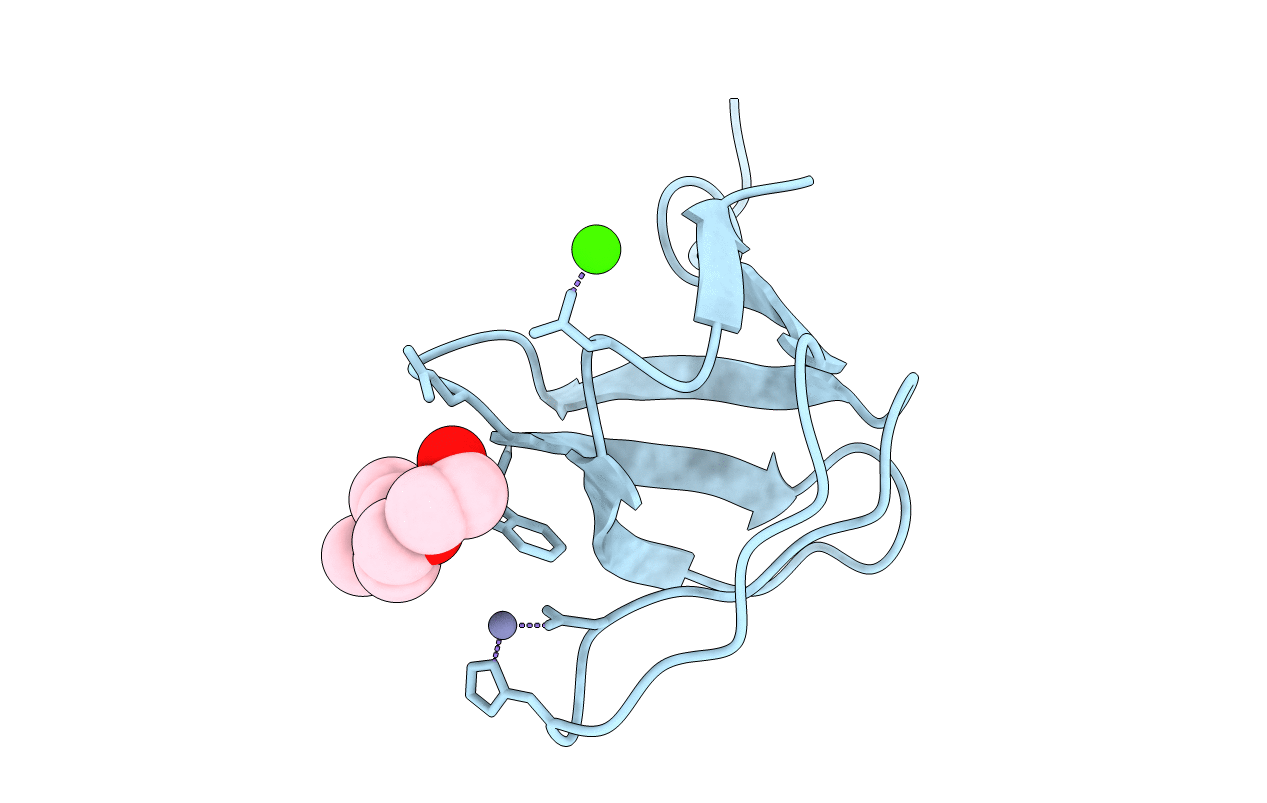
Deposition Date
2006-09-28
Release Date
2006-11-07
Last Version Date
2023-08-30
Method Details:
Experimental Method:
Resolution:
1.00 Å
R-Value Free:
0.15
R-Value Work:
0.13
Space Group:
P 32 2 1


